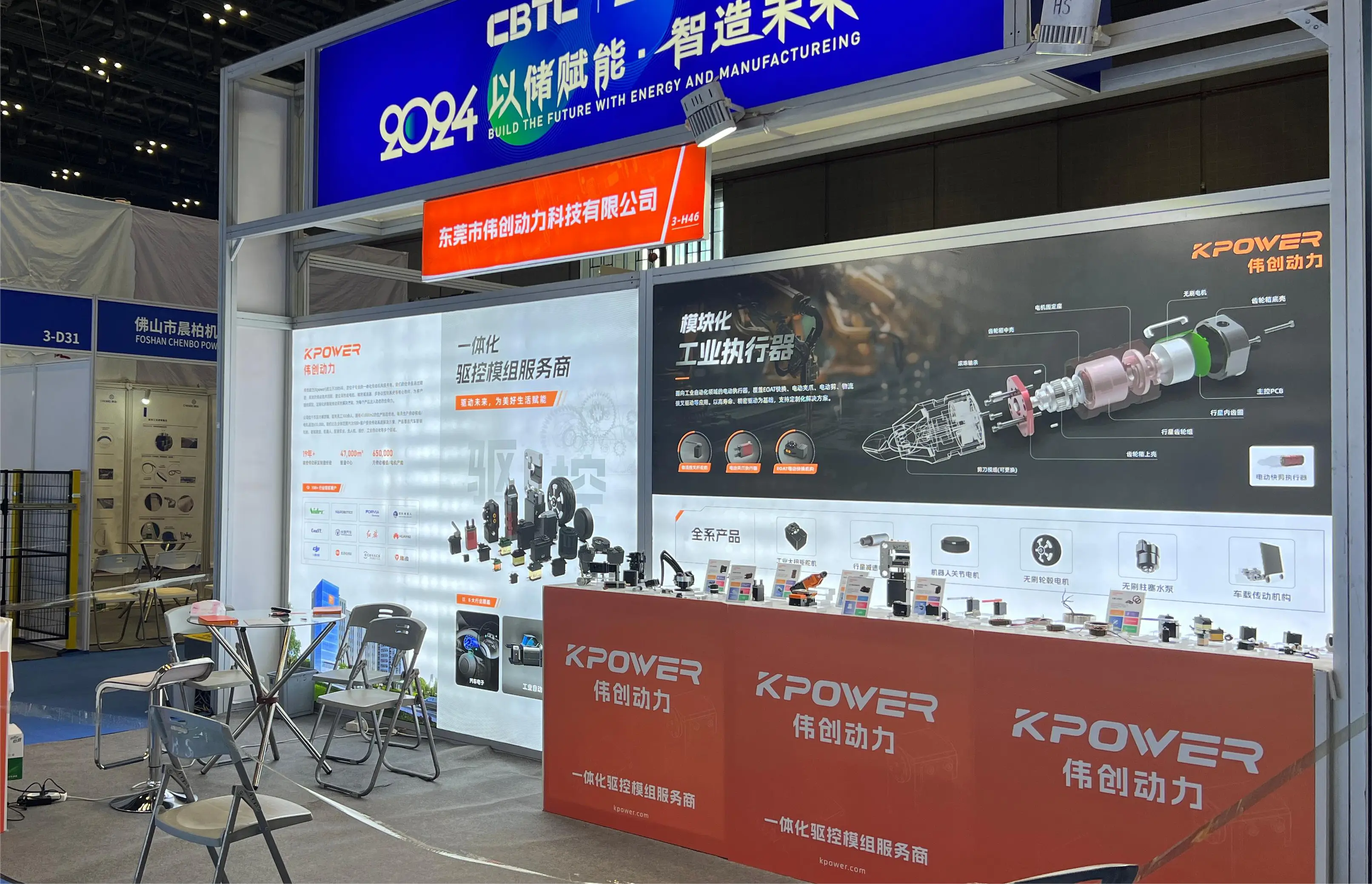Unveiling the Power of Servo Motors: Transforming Industries and Innovation
In the vast universe of modern technology, few components embody the spirit of precision and dynamism quite like the servo motor. Compact yet powerful, these specialized electric motors are the backbone of countless applications ranging from industrial machinery to adorable robot toys. But what exactly are servo motors, and what are they used for? To answer this, it’s essential to first understand their core characteristics.

What are servo motors?
At their simplest, servo motors are small, high-torque, rotary or linear electric motors used in closed-loop control systems. Unlike standard motors that spin continuously when powered, servo motors are integrated with sensors that constantly provide feedback on their position, speed, and torque. This feedback loop enables precise control over movement—positioning a shaft at a specific angle or speed with remarkable accuracy.
The heart of a servo system is the servo controller—a sophisticated device that compares the desired position, set by a user or control program, with the actual position fed back by sensors. If there's a discrepancy, the controller adjusts the motor's power to correct it, allowing for highly accurate movements.
There are various types of servo motors, including AC servo motors, DC servo motors, and even brushless motors, each tailored for specific applications with unique advantages. Their common denominator is their ability to deliver precise, reliable motion control under dynamic conditions.
The core components and how they work
A typical servo system comprises the servo motor, a control circuit or driver, sensors (like encoders or resolvers), and a feedback system. When an input signal—usually an electronic command—is received, the control circuit directs the motor to move to a specified position or speed. The sensors continuously monitor the motor's movement, sending real-time feedback to the control circuit, which fine-tunes the current supplied to the motor for smooth, exact operation.
This closed-loop setup allows servo motors to adjust to varying loads and resistances, maintaining precise control as they operate under complex conditions. They are capable of quick acceleration, precise positioning, and high torque at specific positions—all within a compact footprint.
Why are servo motors so widely used?
The main allure of servo motors lies in their control accuracy and responsiveness. They outperform conventional motors when it comes to applications requiring precise positioning and repeatability. This makes them indispensable in fields where exact motion matters most.
Additionally, the versatility of servo motors isn’t limited to one industry or purpose. Their modular design and the variety of sizes and power ratings make them adaptable to a broad array of tasks. Whether it’s moving tiny robotic arms in a manufacturing line or powering large industrial machinery, servo motors deliver the right amount of power with finesse.
A glimpse into common uses
In everyday life, servo motors are humming in the background, powering devices and systems that enhance convenience and efficiency. Now, let’s delve into some of their primary roles—what they are used for—across industries and applications.
Industrial automation
In manufacturing lines, precision is king. Assembly robots, CNC machines, and automated inspection systems rely heavily on servo motors. For example, robotic arms performing tasks like welding, painting, or packaging require exact positioning at high speeds. Servos achieve smooth, controlled movements, resulting in improved product quality and reduced waste.
CNC (Computer Numerical Control) machines, which carve, mill, or cut materials with extreme accuracy, depend on servo motors for both linear and rotational axes. These motors help produce complex components with tight tolerances, contributing to industries like aerospace, automotive, and electronics.
Robotics
Robotics is arguably the marquee application for servo motors. From simple hobby robots to sophisticated humanoid machines, servo motors are the muscles behind robotic motion.
In robotic arms, servos control each joint or segment, enabling complex movements like pick-and-place, assembly, or even delicate surgery. When combined with advanced control algorithms, servos allow robots to adapt to dynamic environments, perform precise tasks, and even learn through feedback.
Moreover, service robots, autonomous drones, and robotic prosthetics all leverage servo motors for accurate maneuvering. Their quick response times and fine control make them ideal for tasks that demand a high level of dexterity.
Aviation and aerospace
When it comes to aircraft control surfaces, antenna positioning, and satellite deployment, servo motors are critical. Their reliability and precision ensure that instruments and systems operate smoothly under extreme conditions. For example, servo actuators control the movement of aircraft flaps and ailerons, allowing pilots to maintain stability and maneuverability.
Automotive applications
The automotive industry has embraced servo technology for several innovative purposes. Power steering systems often utilize servo motors to assist drivers in turning the wheel with less effort, especially in electric power steering setups.
In autonomous vehicles, servo motors are integral to precise control of sensors, cameras, and even throttle and brake mechanisms. Electric vehicle fleets are increasingly relying on servo-driven mechanisms for adaptive cruise control, lane-keeping, and automated parking systems.
Consumer electronics and hobbies
The reach of servo motors extends into the consumer market as well. Remote-controlled cars, boats, and aircraft owe their agility to small, lightweight servos that relay smooth, quick movements. Additionally, camera autofocus systems and drones employ servo motors for stabilization and precise positioning.
Medical devices
Medical technology benefits tremendously from servo-driven precision. Surgical robots use tiny servo motors to maneuver surgical tools with extraordinary accuracy. Similarly, patient positioning systems in MRI and CT scanners utilize servos to make controlled adjustments, ensuring optimal imaging results.
Part2 will continue with more applications, technological advances, benefits, challenges, and future trends of servo motors.
Established in 2005, Kpower has been dedicated to a professional compact motion unit manufacturer, headquartered in Dongguan, Guangdong Province, China.




































